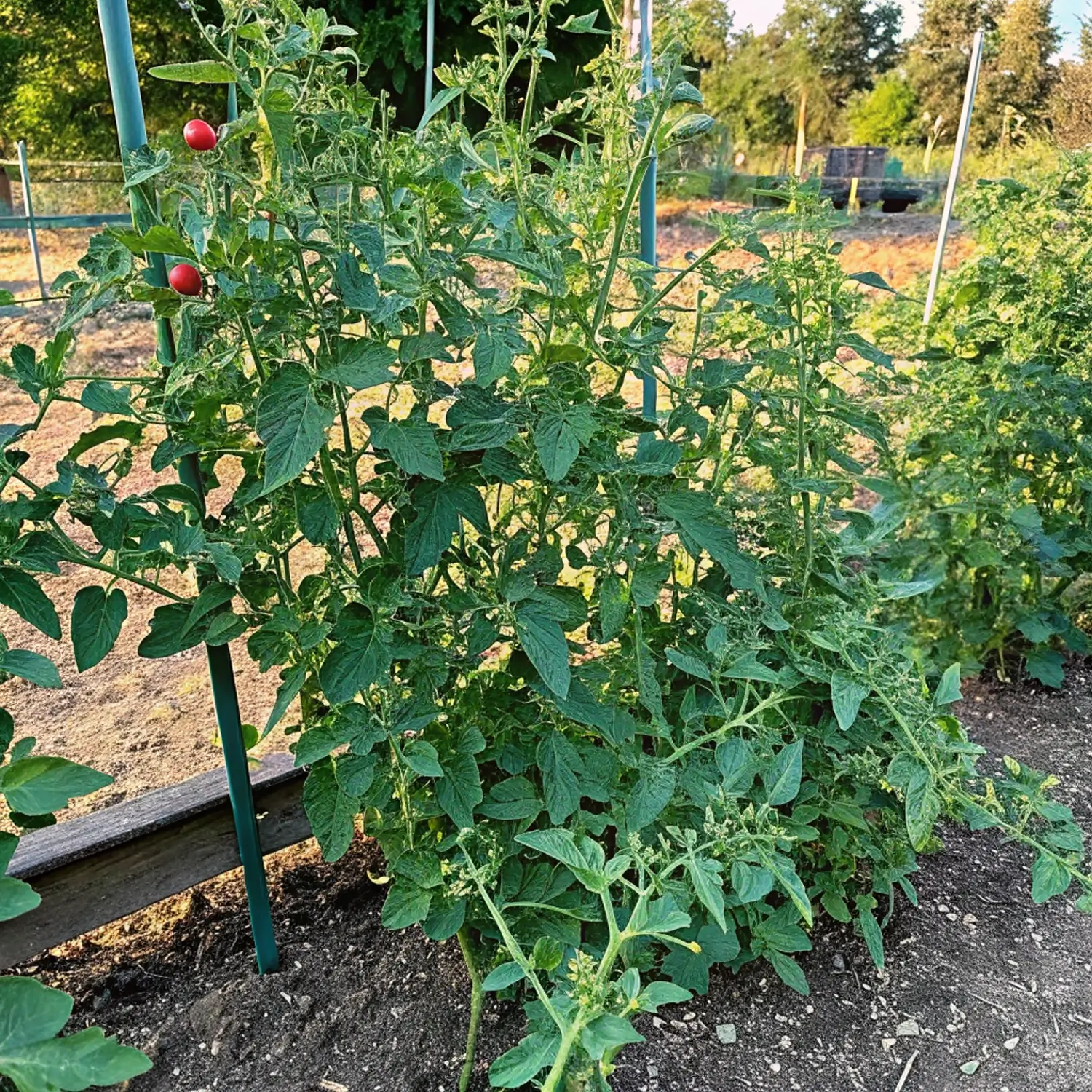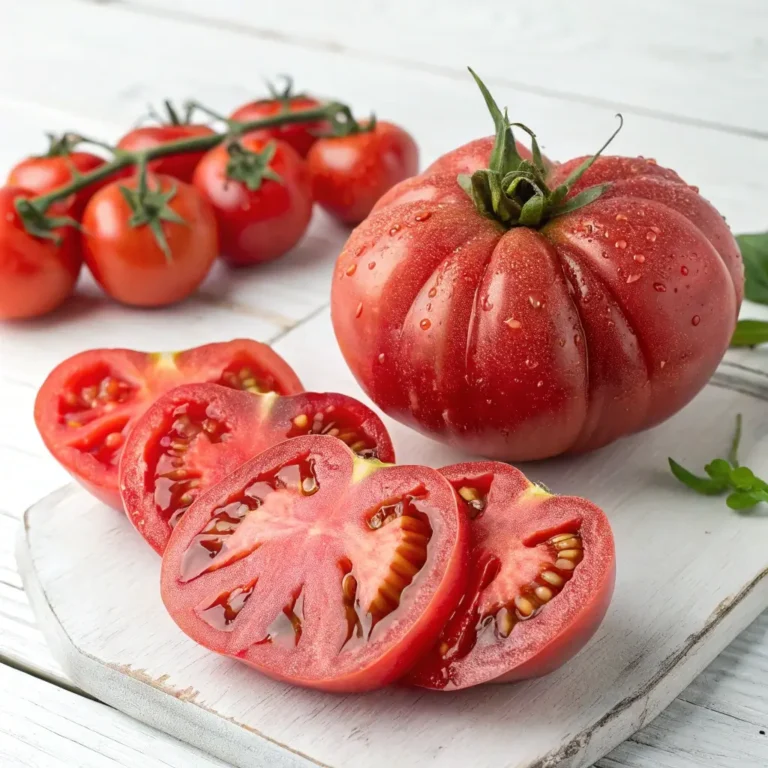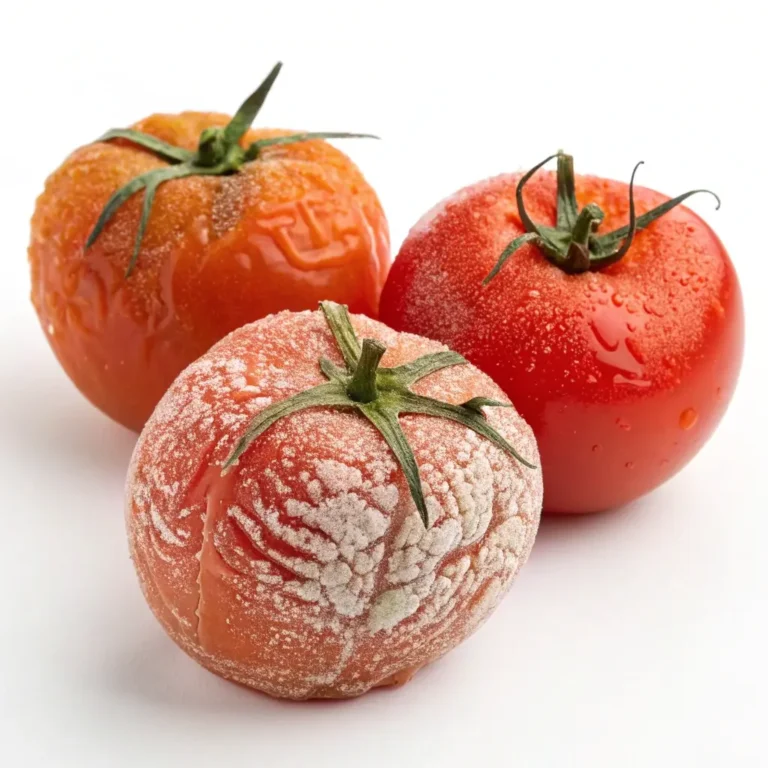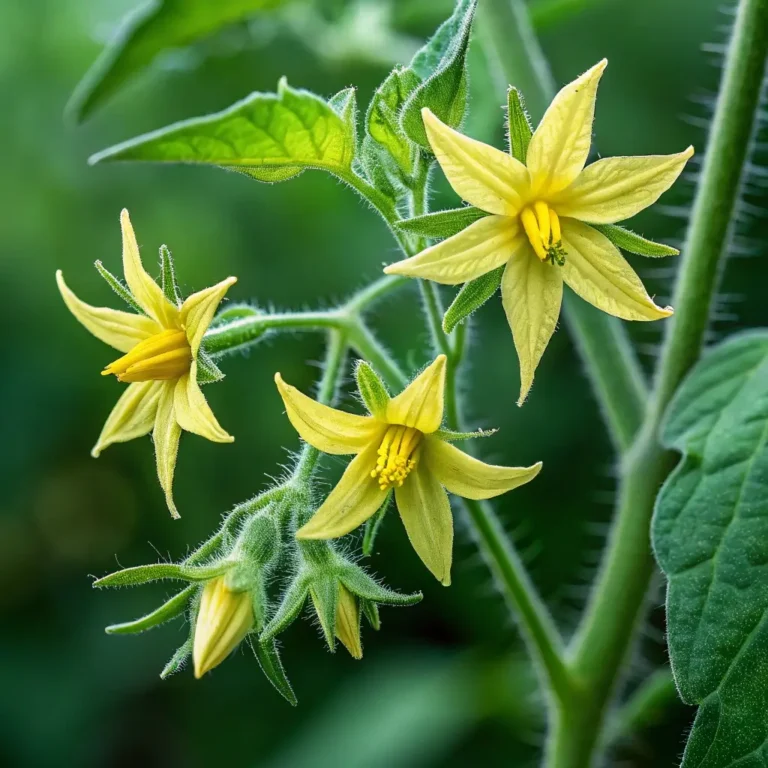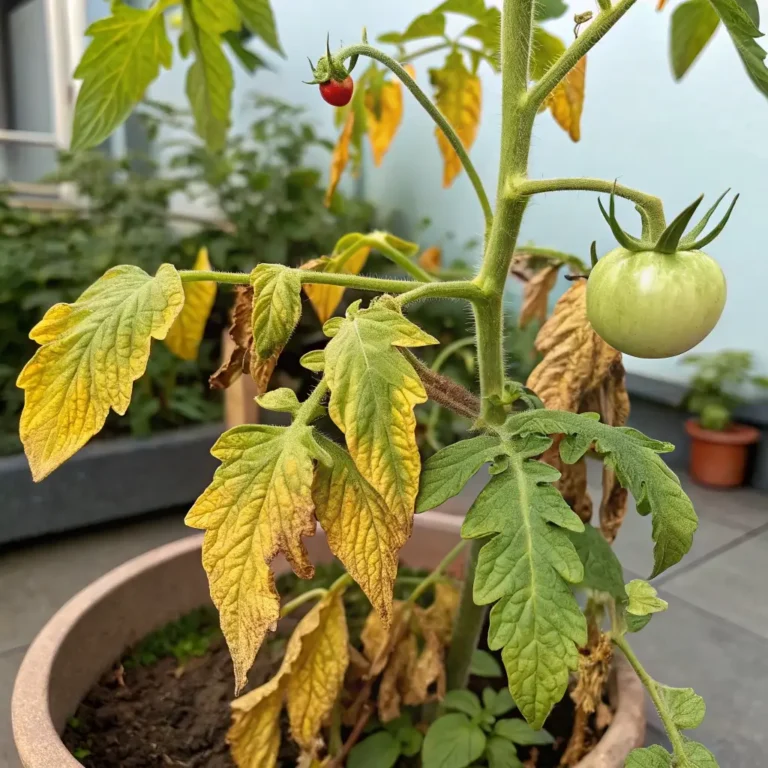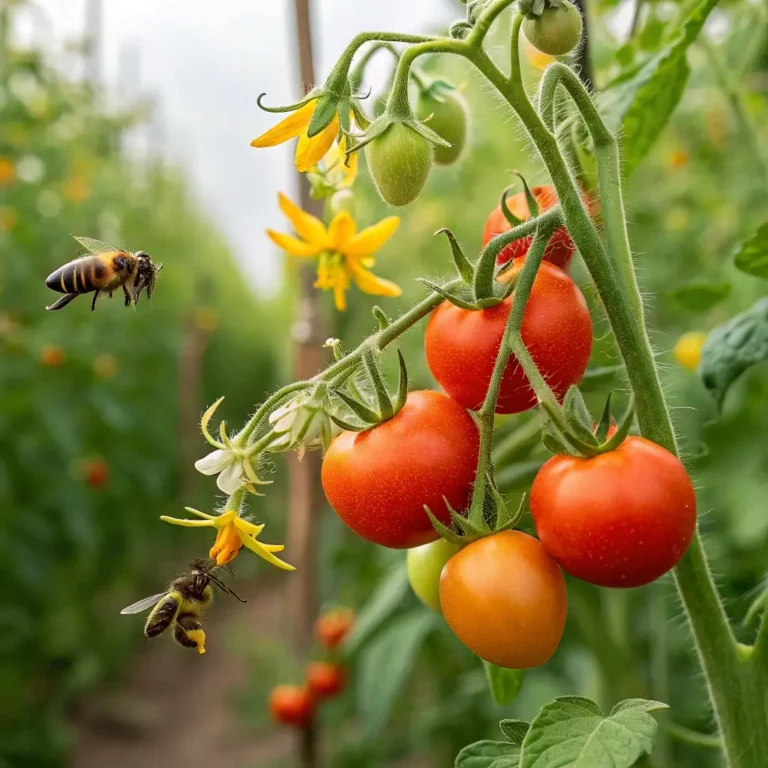How to Tie Up Tomato Plants(4 Best Methods to Support Growth)
Table of Contents
Introduction
Did you know that untrained tomato plants can lose up to 30% of their potential yield due to improper support? This surprising statistic reveals why learning how to tie up tomato plants is crucial for any gardener seeking a bountiful harvest. Whether you’re cultivating Roma, Beefsteak, or Cherry varieties, providing proper support prevents disease, improves air circulation, and dramatically increases fruit production. With the right tomato plant support system, you can transform a chaotic garden into an organized, productive space that maximizes your growing area while protecting your precious plants from damage.
Materials Needed
Before diving into the methods for tying up tomato plants, gather these essential materials:
- Plant ties or garden twine (natural cotton or sisal works best)
- Tomato cages, stakes, or trellis materials
- Soft cloth strips or old t-shirts (for DIY plant ties)
- Garden pruners or scissors
- Bamboo poles or metal stakes (4-6 feet tall)
- Twist ties or plant clips (optional)
- Protective gloves
Pro tip: For an eco-friendly alternative to commercial plant ties, repurpose old cotton t-shirts by cutting them into 1-inch strips. These homemade ties are gentle on tender stems and biodegradable!
Timing
When to Start Supporting Tomato Plants:
- Initial setup: At planting time or when seedlings reach 12 inches tall (approximately 3-4 weeks after transplanting)
- Maintenance tying: Every 7-10 days during active growth periods
- Total season support: 90-120 days, depending on your tomato variety
Setting up your support system early saves significant time later—research shows that preventative staking reduces maintenance time by up to 40% compared to attempting to support already-sprawling plants.
Step-by-Step Instructions for 4 Effective Methods
Method 1: Traditional Staking Method
Step 1: Insert Stakes
Position a 5-6 foot stake approximately 4 inches away from each tomato plant, driving it 10-12 inches deep into the soil. Place stakes on the north side of plants (in the Northern Hemisphere) to minimize shade on your growing tomatoes.
Step 2: Secure the Main Stem
Using garden twine or soft plant ties, create a figure-eight loop around the main stem and stake. This technique prevents stem damage by distributing pressure as the plant grows. Start tying when plants reach 12 inches in height.
Step 3: Add Support as Plants Grow
Add new ties every 8-10 inches as the plant grows upward. This progressive approach provides consistent support for the developing fruit-bearing branches.
Method 2: Tomato Cage Support System
Step 1: Select the Right Cage
Choose heavy-gauge wire cages at least 4 feet tall with openings large enough to reach through for harvesting (4-6 inches square is ideal). Data shows that square or rectangular cages provide 15% more stability than round ones.
Step 2: Install the Cage Early
Place the cage over young plants, pressing the legs 6-8 inches into the soil. For added stability in windy areas, secure with additional garden stakes.
Step 3: Train Branches Through Cage Openings
Gently guide growing branches through the cage openings as the plant develops. This method reduces the need for frequent tying while still providing excellent support.
Method 3: Florida Weave Technique
Step 1: Set Up Support Posts
Drive sturdy stakes every 4 feet along your tomato row, placing one at each end and between every 2-3 plants.
Step 2: Create the Horizontal Support System
When plants reach 12 inches tall, stretch garden twine horizontally between posts at 8-inch height intervals. Weave the string between plants, creating a figure-eight pattern around each post to prevent slipping.
Step 3: Add New Support Levels
Add new string levels every 8-10 inches as plants grow taller. This method is particularly efficient, reducing tying time by up to 60% for multi-plant gardens compared to individual staking.
Method 4: A-Frame Trellis System
Step 1: Construct the A-Frame
Create an A-frame structure using wooden or metal posts leaned against each other at a 60-degree angle, secured at the top, forming a row of triangles.
Step 2: Add Horizontal Support
Attach garden netting or twine horizontally across both sides of the A-frame, spaced 6-8 inches apart.
Step 3: Train Plants Upward
Guide tomato plants up both sides of the A-frame, securing main stems to the trellis with soft ties every 10-12 inches. This space-efficient method maximizes growing area by utilizing vertical space, increasing your yield per square foot by up to 40%.
Maintenance Tips
- Inspect ties weekly during peak growing season
- Replace any ties that are constricting stems (stems should have room to expand)
- Prune excessive suckers for indeterminate varieties to maintain airflow
- Adjust ties as needed to support heavy fruit clusters
Common Mistakes to Avoid
Tying Too Tightly: This restricts stem growth and can cut into the plant. Always leave room for the stem to expand.
Starting Too Late: According to gardening surveys, 65% of support-related problems occur when staking is delayed until plants are already sprawling.
Using Inadequate Materials: Thin stakes or flimsy cages collapse under the weight of mature plants, causing significant damage. Invest in quality materials that will last multiple seasons.
Neglecting Regular Maintenance: Without consistent attention, rapidly growing tomato plants can outgrow their supports, making later adjustments difficult and potentially damaging.
Seasonal Considerations
Adapt your tying approach based on your climate:
- Hot regions: Use lighter-colored ties and supports to prevent heat absorption
- Windy areas: Double-stake plants or use heavy-gauge cages secured with additional ground anchors
- Rainy climates: Prioritize methods that maximize airflow to reduce fungal disease risks
Conclusion
Properly tying up tomato plants is a small investment that yields significant returns in your garden. By implementing one of these four proven methods—traditional staking, caging, Florida weave, or A-frame trellising—you’ll create healthier plants, improve fruit quality, and substantially increase your harvest. Remember that the best support system is one that matches your specific garden conditions and the varieties you’re growing. Take time to observe how your tomatoes respond to the support method you’ve chosen, and don’t be afraid to make adjustments throughout the growing season.
FAQs
Q: How often should I add new ties to my tomato plants?
A: Add new ties every 7-10 days during active growth periods, or whenever you notice new growth extending 8-10 inches beyond the last support point.
Q: Can I reuse tomato cages or stakes from year to year?
A: Yes, metal stakes and cages can be reused for 5-10 seasons. Clean them with a 10% bleach solution between seasons to prevent disease transfer.
Q: What’s the best method for container-grown tomatoes?
A: For container tomatoes, cage systems or single-stake methods work best. Choose a cage that fits your container diameter with at least 4 inches of clearance on all sides.
Q: Do cherry tomato varieties need different support than larger tomatoes?
A: Cherry tomatoes often have more vigorous growth than larger varieties and may benefit from taller supports or more frequent tying, particularly if they’re indeterminate varieties.
Q: How do I support tomato plants without damaging them?
A: Always use soft ties, create figure-eight loops rather than circles, and leave room for stem growth. Avoid wire ties or plastic materials that can cut into the plant as it grows.

